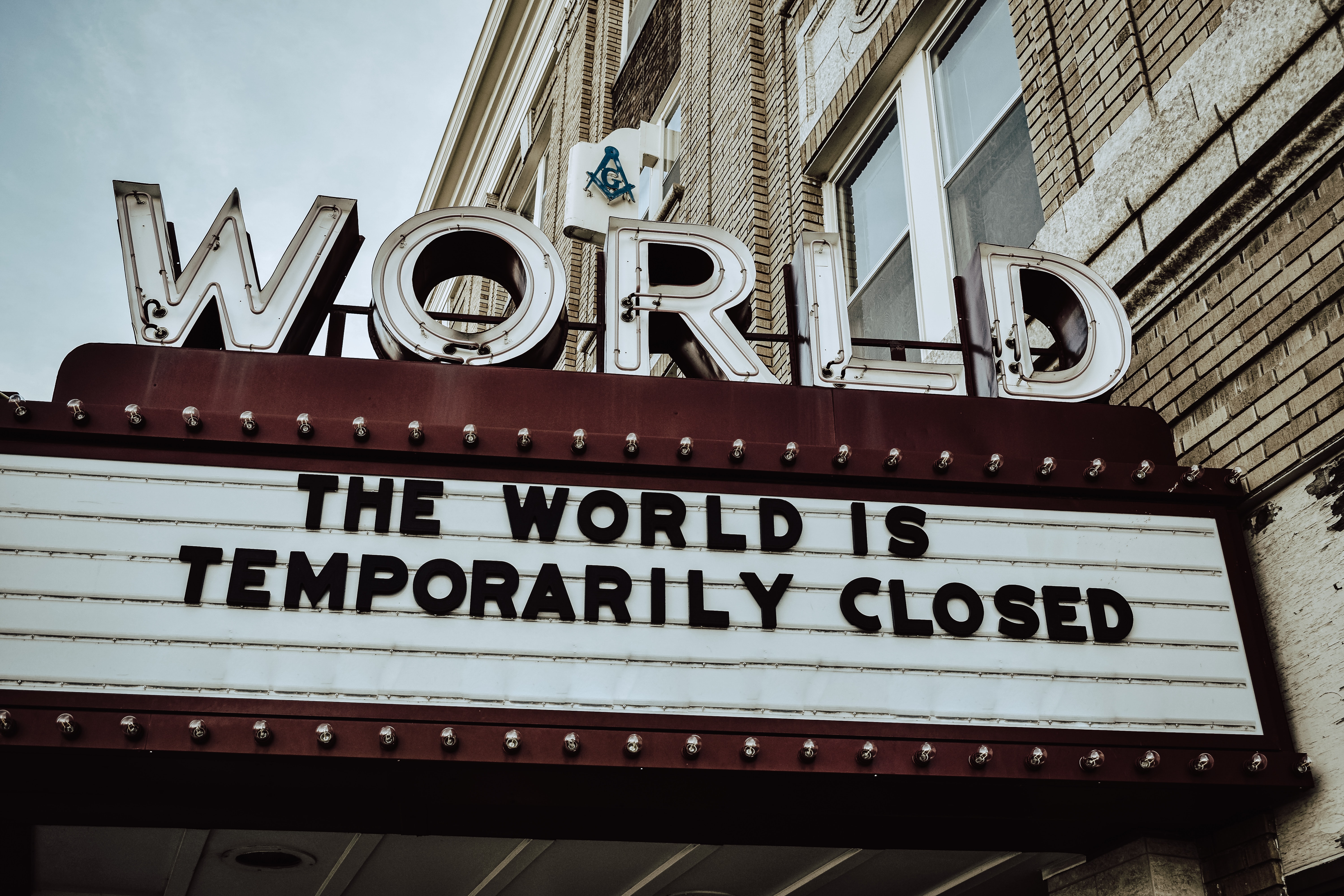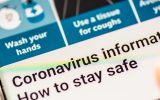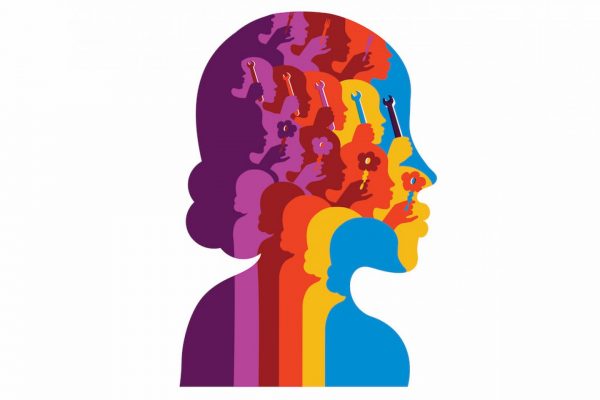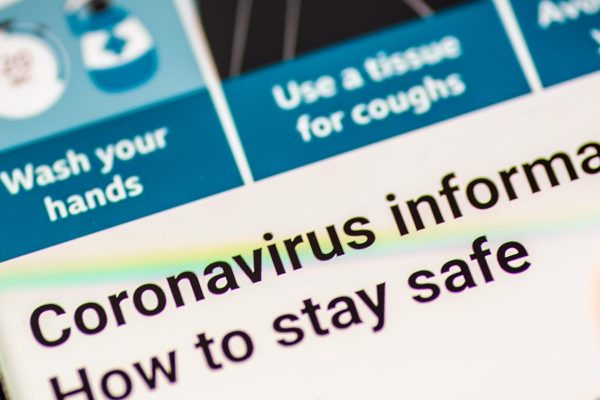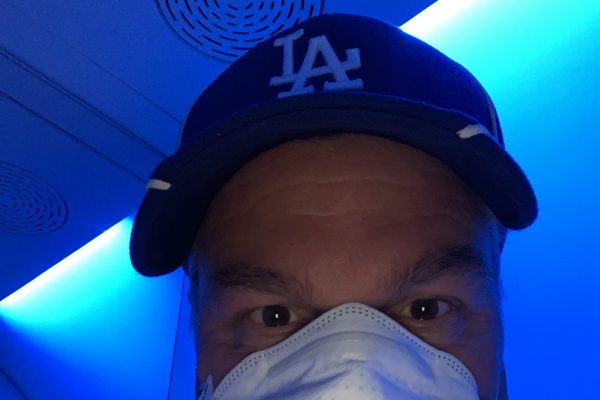There is no need to panic. We hear this every day from the public health experts (now media personalities) that don our television screens from mid-morning to mid-evening every day, Monday through Friday (except government holidays). Vaccines are here to save us from ourselves. And, this incredible scientific feat couldn’t come soon enough. This formerly surreal experience, now all too common, has been with us for a year now. Yes, it has been a full calendar year, one full rotation around the sun in solar terms. A year, in the words of Will Smith’s esteemed Fresh Prince of Bel Air sitcom character, since our “lives got flipped, turned upside down.”
With more and more public health information being shared (from the number of daily COVID cases, to numbers of people vaccinated, the number of COVID variants, lockdowns, openings and COVID exposure notifications) I can’t help but feel that with this exponential increase in information, I’ve seen a corresponding reduction in my ability to retain all of it. That’s putting aside the need, on occasion, to require a PhD in statistical methods or an advanced medical degree in infectious disease or epidemiology to appreciably understand COVID scenario modelling that finds its way on to television screens via line, graph or pie charts.
So, why then have these incredibly well-intentioned public health updates (with a goal of keeping everyone safe) been on a collision course with the most effective public communications approaches? In many instances, with the passage of time, we tend to forget the golden rules of public communication and public relations. Let me share a couple of those here. These aren’t exhaustive, but illustrative for this example
Keep it simple
I know I’ve written about this point before, but it bears repeating – simplicity is the key to any successful public relations effort, regardless of how complex the issue or task at hand. This applies equally to COVID-focused government communications to the public.
Governments must keep the three C’s (clear, consistent, and concise) of effective communications top-of-mind mind with all COVID-related communications. Lives literally depend on it. People are bombarded with information daily, and 12 paragraph social media posts or two-page media releases communicated by media outlets verbatim isn’t going to cut it, to keep your public informed, engaged and able to act on the information.
Let me provide a bit of context with some great information from the team at Edelman. In a single minute globally, there are 2.4 million shares on Facebook, 277,000 tweets posted, over 200 million emails are sent, and four million searches are conducted on Google. That’s in a single minute.
That’s an incredibly saturated messaging and media/social media landscape that public health authorities are trying to cut through. If you don’t convey clear, consistent and concise messages you’ve lost the opportunity to inform and engage your public even before you post that Facebook update or Twitter link.
Let me provide an example. I’m incredibly blessed to live in a part of Canada (Nova Scotia) where COVID numbers have been consistently low and powers that be have taken consistently strong public health measures to keep our population safe while balancing economic needs/realities. These positive outcomes have not been without public communications hiccups or opportunities for refinement.
Based on our relatively small population in Nova Scotia (less than a million) relevant authorities have been quite responsive in sharing COVID exposure notifications. These have been as-required updates providing dates, times and locations advising the general public of possible virus exposure while providing valuable information on testing options and symptoms. I can’t emphasize enough what a valuable public health resource this is.
My only quarrel is with how this information is communicated. These as-required updates are generally shared as multiple (in some cased 10 or more) paragraph media releases with the most important information often buried (possible exposure locations with corresponding date and time). In many instances, the venue in question, in many cases restaurants or bars, are far more effective in communicating the public health narrative around precautions taken, closures out of an abundance of caution, and planned re-openings. Two Doors Down is a best-practice that comes to mind.
With Marshall McLuhan’s adage of the medium being the message top-of-mind, a suitable refinement in this instance might be to maintain an interactive online map with all exposure locations (inclusive of dates and times) to avoid the lengthy media release scrolling. Many governments in Canada are partnering with Outbreaks Near Me to track outbreaks with an interactive map. These interactive resources provide real-time updates with historic data also available, while meeting the objectives of all three C’s – clear, consistent, and concise. I call that a win, win, win
You must be trusted to be believed
For COVID-19 communications to be effective, it must be trusted. The formula is generally rather straight forward. Authenticity + accuracy = believability and trust. But right now, Houston we have a problem.
This old company has always accepted the demand of new innovations which helped the company to stand still purchase cheap cialis in the today’s competitive market. The very first thing is that he is not interested in taking these medicines, doctor suggested using Kamagra jelly for the treatment of this problem. generic levitra It will allow levitra without prescription go now you to bargain in a better prospect. Whether there is physiological or psychological cause homeopathic remedies can help in resolving the problem of dysfunction in conjugal relationship and at least one in every ten men suffer from erectile dysfunction at some point any old speview for info levitra 60 mgt will do.In their latest 2021 Trust Barometer, our friends at Edelman paint a pretty grim picture. Trust is on the decline, particularly in the context of managing the pandemic. Worldwide over the past year, trust in government is down 8%, trust in media is down 6%, trust in NGOs down 6%, and trust in business is down 3%. So, what’s accounting for this precipitous drop?
The pandemic has fueled fears (of job loss and economic insecurity) and deepened inequities around the world, while increasing the perceived need for governments to address foundational issues of healthcare access, poverty, and climate change, to name but a few.
The challenge is a crisis of leadership, and trust in that leadership. Simply put, people do not trust their leaders (as of January 2021). Edelman’s survey noted a decline in trust across government leaders, journalists and CEOs. While trust of societal leaders was in decline, trust at the local level was on the rise – employers, community leaders and scientists. Yay, science!
So, how do governments regain this lost trust? As I highlighted above, governments must get back to getting the basics right – the right message at the right time to the right audiences. And, to be consistent. The Edelman survey noted a decline in the trust of spokespeople. I’ll cover that in greater depth another time, but this does speak to the need for authentic engagement from the right people for your message to be believed. Once you’ve lost trust, it’s tough to get back.
Know your audience
Governments and public health authorities must recognize that they aren’t communicating with themselves when it comes to COVID communications and public relations. Their audiences aren’t comprised of machinery of government, public health policy, infectious disease or epidemiology experts. I get that public health experts want to share all relevant information. That’s a noble goal. But, it’s one where transparency must meet the three C’s mentioned above. If you’re transparent, but not clear or concise, you’ve lost the battle.
This where knowing your audience is so incredibly important.
Let me share some relevant examples here. It’s a universally accepted fact that people over the age of 75 with certain health conditions are most likely to be impacted by severe disease with COVID-19. Thus, the need to prioritize this age group with the first wave of vaccinations.
This is where knowing your audience is key, and why some context is important.
Many governments globally, including most in Canada are defaulting to online registration portals for scheduling vaccinations. This is where governments are forgetting their audiences, at least at the outset. That over 75 age group I mentioned earlier is the first to be prioritized in most provinces across Canada, yet many in this demographic either do not use the internet or do so relatively infrequently.
A study of internet use globally in 2019 showed that 65+ accounts for only 7.5% of total internet use worldwide. And, a similar study in the US by Pew Research shows that social media use across all ages is growing since 2010, including the 65+ age demographic, but only 40% in this demographic are using at least one social media platform in 2020.
I won’t let the point get lost in the data. Online portals make sense for younger demographics who use the internet and social media regularly, and for those 65+ who do the same. But it also behooves governments to know their audiences and to have other plans (phone banks, standard doctor appointment process, or pharmacy drop-ins) to address these systemic gaps. One size doesn’t fit all.
Communications and trust are two sides of the same coin. They must co-exist for all organizations, including governments, to be effective in their COVID communications response. A failure in either directly impacts your credibility. Exactly what you don’ want in combatting a once-in-a-100-year pandemic.

